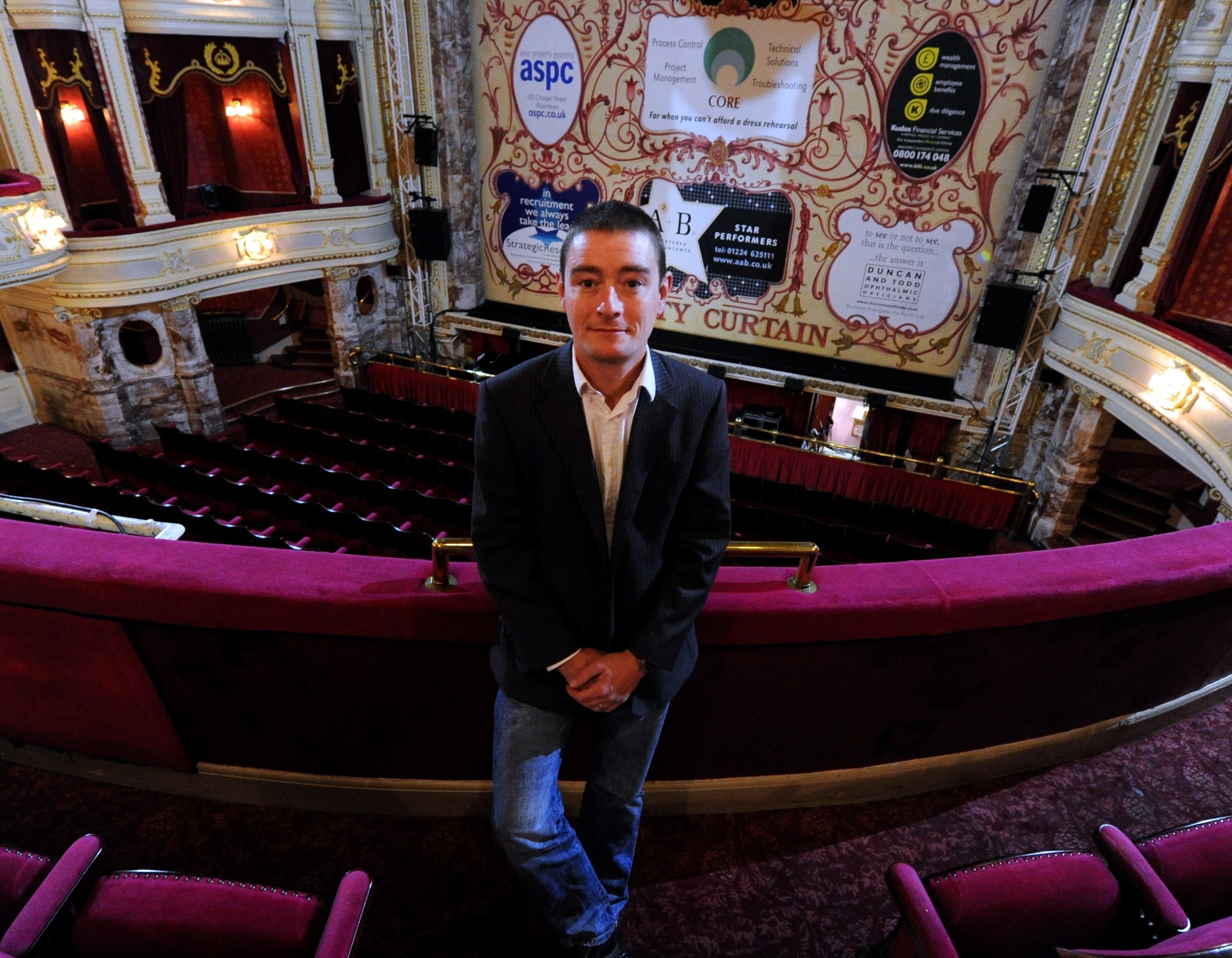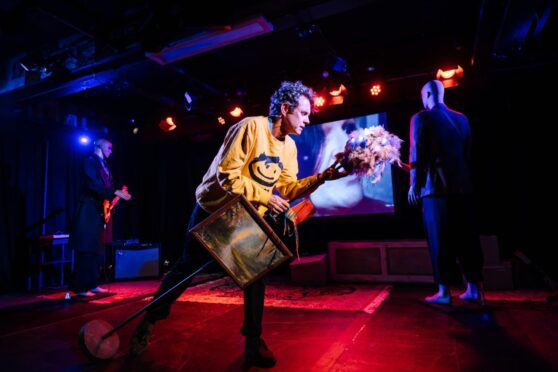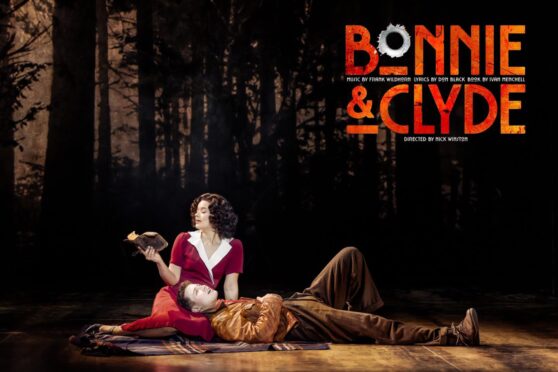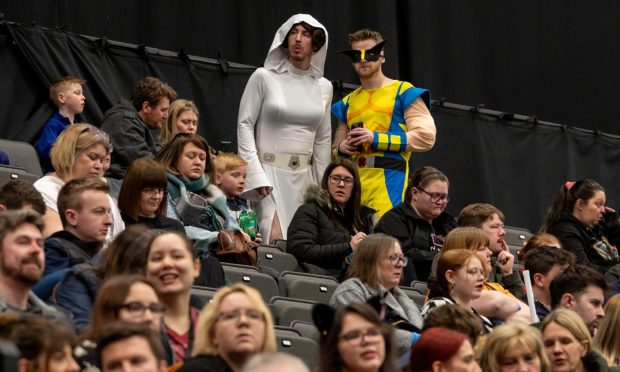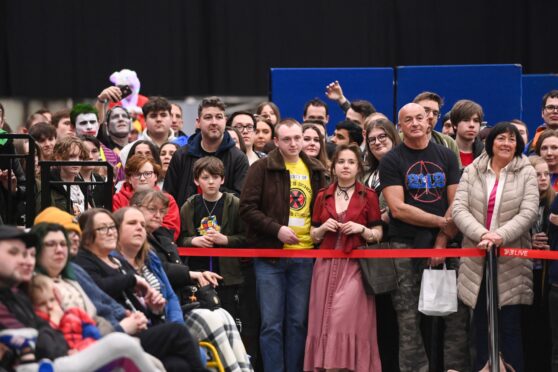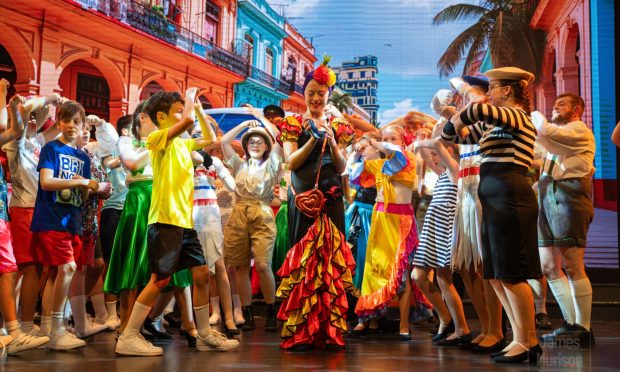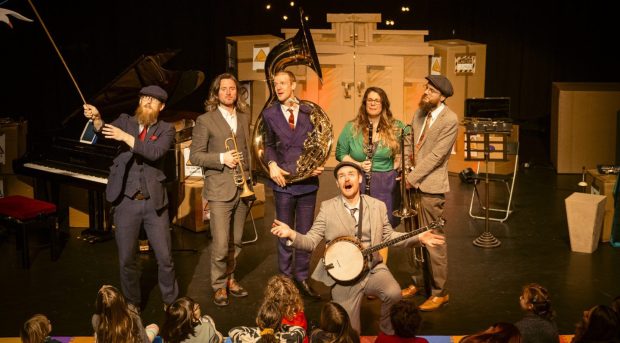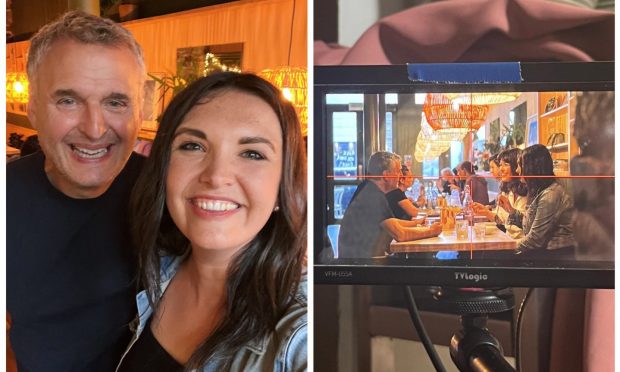A career in the arts requires one thing above all else: adaptability. Martin Latham is an excellent example of someone who has excelled in the industry due, in no small part, to his ability to turn his hand to a variety of tasks within the broad field of production and operations.
Whether it was overseeing the refurbishment of the London dance venue, Sadler’s Wells, working as stage operations manager for the National Theatre’s stunning production of Frankenstein, or stage managing various venues at the Edinburgh Fringe and Henley festivals, Martin has proved himself to be a flexible guy.
He now brings this wealth of experience to his role as director of operations and production at Aberdeen Performing Arts (APA).
Having lived in London for the past 18 years, Martin, 42, was looking for a change, but it had to be the right opportunity. He and his wife, who hails from Forfar, knew they wanted to relocate to Scotland, and so when the APA job came up, it seemed like the ideal fit.
“The job involves so much as there are three venues,” said Martin.
“You’ve got the Lemon Tree, which is doing new writing and hosting young bands, the Music Hall which hosts big stand up comedians, orchestras and bands, and then here, HM Theatre, which ticks every box. There are not many venues in the UK which have such a wide variety of show going on.”
Martin takes the role on from his predecessor, Alan Campbell, who died late last year after holding the post for eight years. While Martin never knew Alan, he said he was aware how well respected he was. It also meant he was aware of how broad the list of responsibilities were involved in the job.
“The role is the operations and production side of everything, from the facilities maintenance, repair and cleaning right through to the technical side of it – the sounds, the lights, the AV, touring productions, and also, hopefully a bit of producing too,” he explained of the role.
While this huge level of responsibility might seem scary, it’s a challenge which Martin has gladly accepted.
“I find it really quite exciting because I’ve worked in productions of so many genres before. So I feel comfortable in this role,” he said.
Casting his mind back over his career, many highlights come to mind. The innovative production of Frankenstein, which featured Benedict Cumberbatch and Jonny Lee Miller sharing the lead roles on a performance-about basis, plus the company’s star-studded 50th anniversary last year are but a few.
“The National is quite a leveller. It didn’t matter if you were the biggest director or the youngest actor. It was really great in that respect – there were not many divas,” he said.
Taking from the National’s example, Martin has set his sight squarely on developing his team at APA. And while he’s only been in post for five weeks, he’s made great progress already.
“At the moment, it’s all been about meeting with people, finding out what they like and don’t like, learning how the place works, and generally getting my feet on the ground,” he said.
And looking ahead, it looks like he plans to take a similarly people-centred approach.
“APA has just brought out its five-year plan, and so my role will be about bringing that forward within the teams. As I said, there are three venues, and it would be great to bring them even closer together, and by spreading that technical knowledge around the buildings.
“It’s also about building up the teamwork between the venues and giving people ownership over what they do.”
